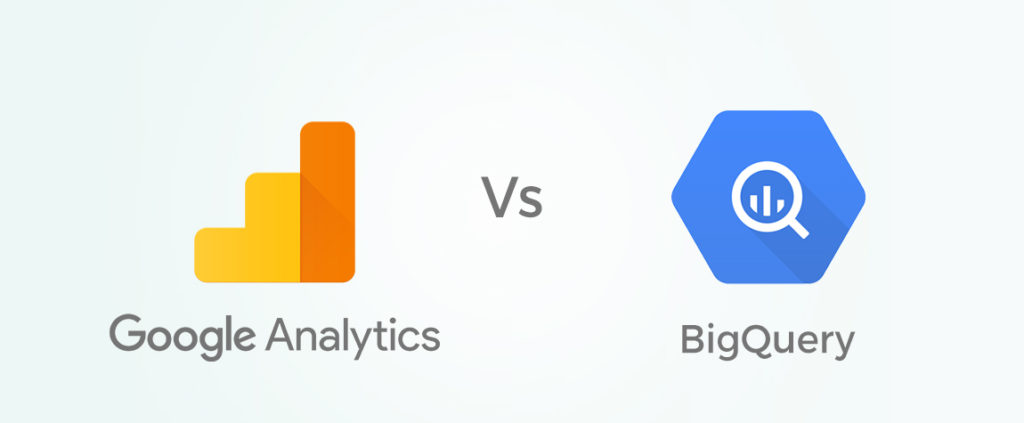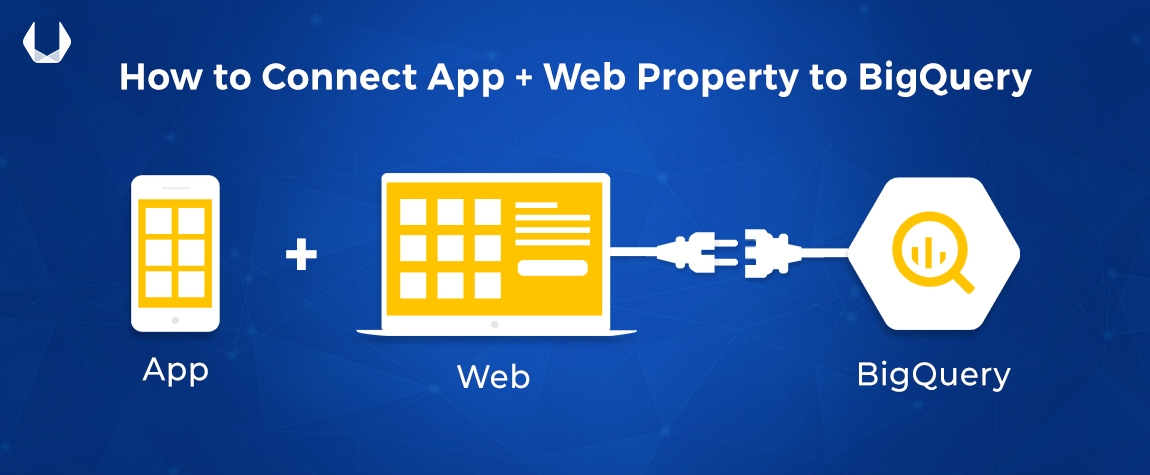Google introduced a new App + Web feature recently, that allows the users to combine data from sites and mobile applications in one Google Analytics property, which is one step ahead from the Firebase’s analytics capabilities for websites. The new functionality should be able to make life easier for companies that want to track and analyze user actions across different platforms. Moreover, the availability of BigQuery support to all the customers is what we consider the most organization-centric release by Google Analytics.   Â
Organizations can now conduct a much deeper and more customized analysis for their business by using BigQuery. Instead of focusing on the predefined metrics and overall trend analysis, BigQuery enables the user to uncover insights that are not possible without a little data transformation.
Data Differences Between the Interface & BigQuery
If someone has worked in BigQuery before, then he should be familiar with the differences between the raw hit-level export data and the aggregated reports in Google Analytics. This aggregation is the reason that we generally need to recreate several common metrics in BigQuery. The Google Analytics reports are now pre-aggregating data for the user within the interface.
As Google Analytics reports consist of pre-aggregated data now, there are often small differences between the calculations in BigQuery and the Google Analytics interface reports(~1 – 2 %). Most of this still holds true for the Firebase and App + Web export.

Users in BigQuery vs. Google Analytics
One of the most common differences between BigQuery and Google Analytics is the user count. The pre-aggregated reports generated in Google Analytics rely on the probabilistic cardinality estimation algorithm called HyperLogLog ++. This algorithm approximates the user count in the analytics interface and mostly is within an acceptable range (~1 – 2 %).
However, when the users are calculated in BigQuery, it relies on the underlying hit-level data. While the numbers in BigQuery may not be exactly as in Google Analytics, the BigQuery calculations are more accurate! Because the aggregated reports are run daily, as the date range is increased the user may find that the percentage variance has increased exponentially over time.
In short, google analytics serves the data more quickly with the help of Google’s pre-aggregated tables by taking a few steps to recreate in BigQuery. We may also get less accuracy over time with aggregation, so don’t worry if you see differences in BigQuery and Google Analytics over time.
How Do I Get Connected?
The user will need to follow the following steps to connect an App + Web property to BigQuery:
- The user can create or use an already existing Firebase project before you begin to link your App + Web property to BigQuery.
- If a user does not have an existing mobile application within Firebase, the user will also need to create a “shell” for the data. The process can be thought of as creating a dummy app (or a placeholder) in Firebase—this does not require any code, only a few settings are to be toggled here.
- Once the user has a Firebase Project created and an associated app (or dummy app), the user will want to link this project to Google Analytics. To do so, go to Project settings > Integrations. On the Google Analytics card, click “Link” and select the existing App + Web property if that exists. If there is no existing App + Web property, linking to Google Analytics from the Firebase console will create one automatically.
- Additionally, the user must upgrade to a Blaze plan within Firebase. The Google documentation has not specified this step, but it is required, even if the user intends to stay within the sandbox limits.
- (Optional) The user may also choose to create the BigQuery dataset. If the BigQuery data is to be stored somewhere other than the United States, the user will need to create the dataset in BigQuery first.
- At last, the user can set up export within Firebase by navigating to Project settings > integrations. Click on the Link on the BigQuery card.
Summary
BigQuery also enables the user to connect Google Analytics and Firebase data with other third-party data sources, and even export the data to visualization platforms like Data Studio, Tableau, PowerBI, among others. There is currently no native integration for App + Web properties and Data Studio. If the user wants to visualize App + Web data in Data Studio, the user will need to take advantage of the Data Studio BigQuery connector.

